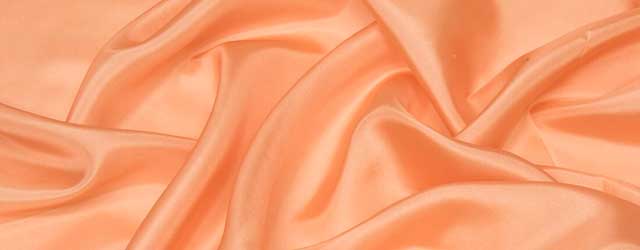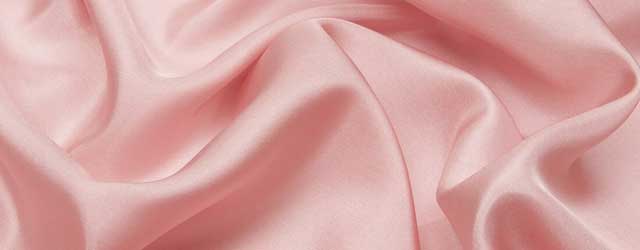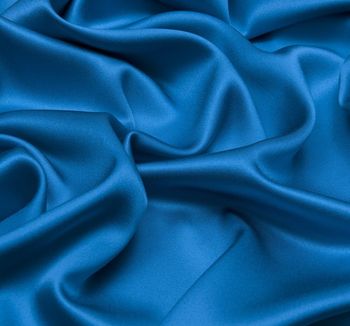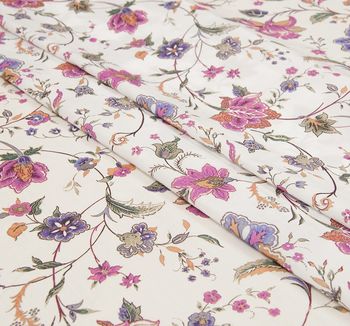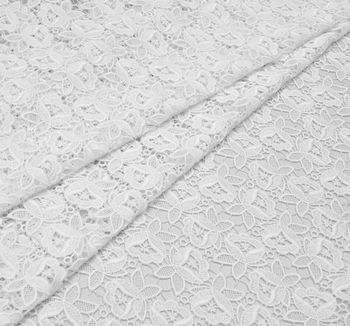Silk is a timelessly trendy natural fabric woven from the cocoons of silk worms. The world’s most famous fashion brands regularly apply it for various men’s and women’s outfits earning the admiration of the audience.
Silk Habotai Fabrics
Silk habotai fabric is the type of a plain weave silk cloth renowned for its fineness, light weight, softness, sheen and silky hand. All-natural, it is most commonly used for lining, as well as for creating summer blouses, pareo, light lingerie and scarves.
The Japanese part of the name is explained by the fact that silk habotai fabric originates from Japan. However, just as in the case of Sea Island cotton, most silk habotai production is currently located abroad — in China. The most luxury fabrics of that kind are manufactured in Italy and France. This fabric has its French etymology, too, and is called ‘toile’. Though the term ‘toile’ refers not only to silk, but also to all sheer natural fabrics with a repeating printed pattern on it, silk French toile makes a real alternative to the traditional habotai fabrics. What makes habotai different from toile is that the Japanese term applies to solid styles as well.
.jpg)
Silk habotai is one of the most beloved dressmaking fabrics. Yes, it slides around on the table and tends to fray, but still is a pleasure to work with: fine and soft, it is also easy to starch and fold.
Properties
Silk habotai fabric has lots of amazing features. See the table below for more information:
|
Category |
Properties |
|---|---|
|
General |
|
|
Beneficial |
|
|
Disadvantageous |
|
Given its properties, silk habotai appears to be a surefire option for a range of evening outfits. The following tips will help you overcome a few disadvantages it has:
- Considering silk habotai drapability, it is a great option for blousy silhouettes with delicate folds and a stylish depth. For the same reason, don’t try to use it for complex shapes.
- Its plasticity and transparency make it a great option for multilayered dress styles. Such techniques as gathering and pleating help achieve the best result in creating volume and texture in a dress.
- To enhance fabric stability during sewing, baste a seam to fix the fabric on the sewing table. You can also use a tissue paper for this purpose.
- Silk habotai frays. To avoid this, apply such techniques as a merrow finish or French seam on the edges.
What to Make out of Silk Habotai?
As was mentioned above, silk habotai can be sewn into various styles: from airy dresses to scarves. However, every sewing aficionado has the right to doubt whether such different pieces of clothing can be created out of one and the same type of silk fabric. The key here is to know the weight of your silk habotai.
- Lightweight habotai fabrics (8-12 momme) are used for summer shirts, dresses and children’s clothes.
- Medium weight habotai (12-20 momme) is great for lining.
- Heavy habotai fabrics (20 + momme) are for petticoats and scarves.
Use as a Lining
In many respects, silk habotai is that popular for its lightness, which can be comparable only with that of silk chiffon.
This fact makes it a perfect option for lining thin summer clothing, such as blouses, skirts, camis, semi-sheer cotton voile, silk chiffon dresses, wedding dresses, and other fine clothing. This lining fabric appears to be quite durable, however, consider other lining options for your tight-fitting garments.
.jpg)
Silk habotai can be used to line a corset evening dress, but keep in mind that it is made of finest fibres in a plain weave which makes it quite fragile. To avoid tearings, use woven interfacing on the bodice.
As a lining, silk habotai can be hand-washed, however, it usually loses some of its distinctive crispness.
Tissura Collection
At Tissura, silk habotai is mostly supplied by Belinac — a French company with more than a century-old expertise in silk fabric production. Represented as a lining material, it comes in numerous colourways, from pastels to vivid shades. Buy online silk habotai fabrics by Belinac to enjoy premium silk and ultimate comfort in wear. To see the entire silk habotai collection at Tissura, click on the button below the pictures.
Silk habotai fabric, 45 € (56 US$), per one running metre
Silk habotai fabric, 45 € (56 US$), per one running metre
Silk habotai fabric, 45 € (56 US$), per one running metre
Silk habotai fabric, 45 € (56 US$), per one running metre
How to stay cool on a hot summer day? Wear fabrics built for the heat. Cotton, linen, viscose, silk – there are dozens of summer-friendly materials you can choose for your wardrobe. The best fabric to opt for when the temperature rises should be breathable and comfortable.
The wedding dress is one of the most important clothing items a woman gets to choose in her lifetime. It can be made of silk or cotton, lace or tulle, be strewn with sequins or embroidered with beads.
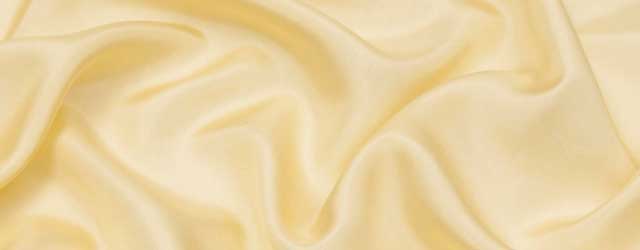
.jpg)
